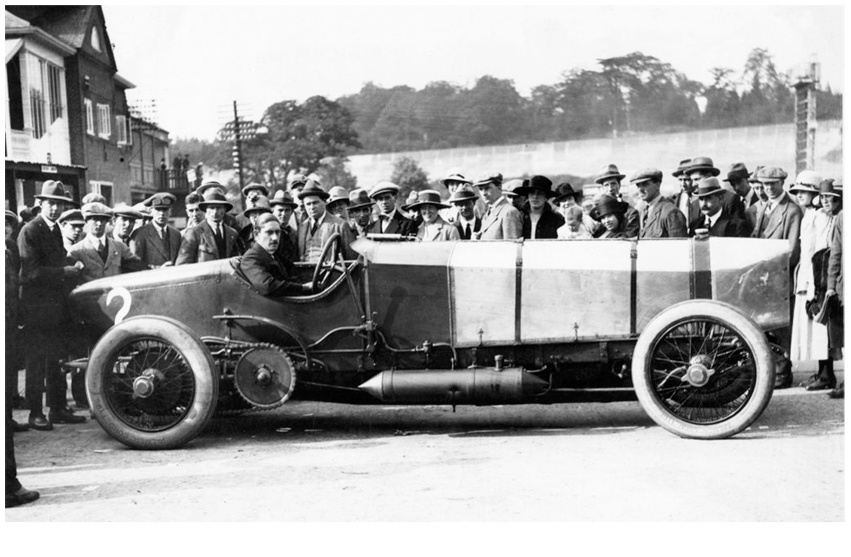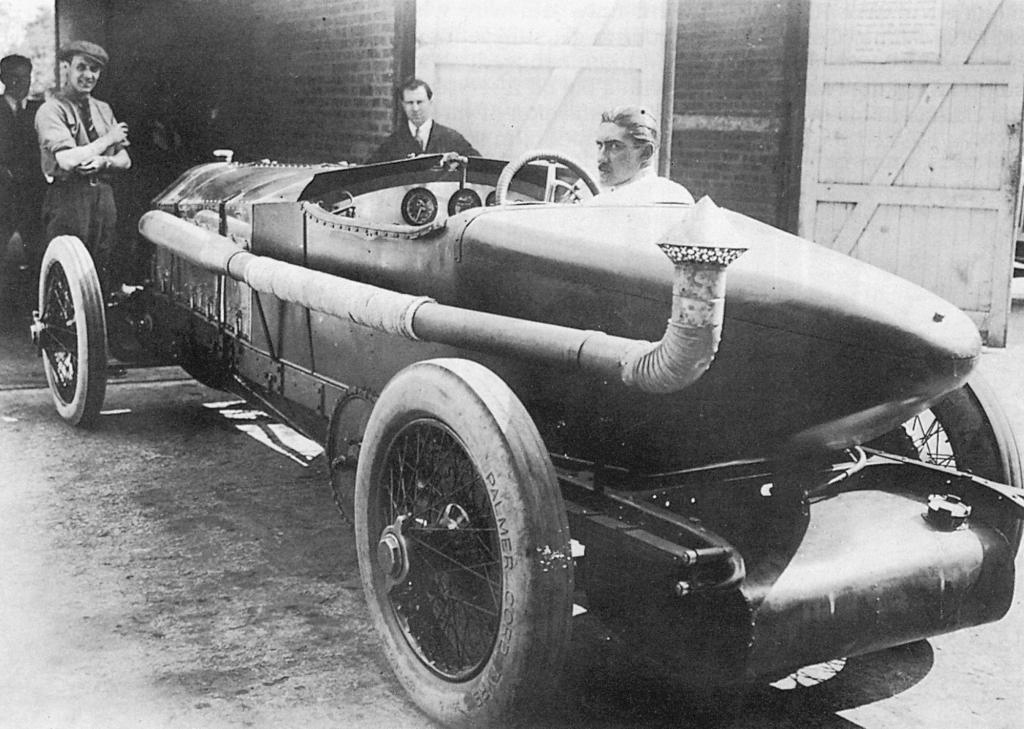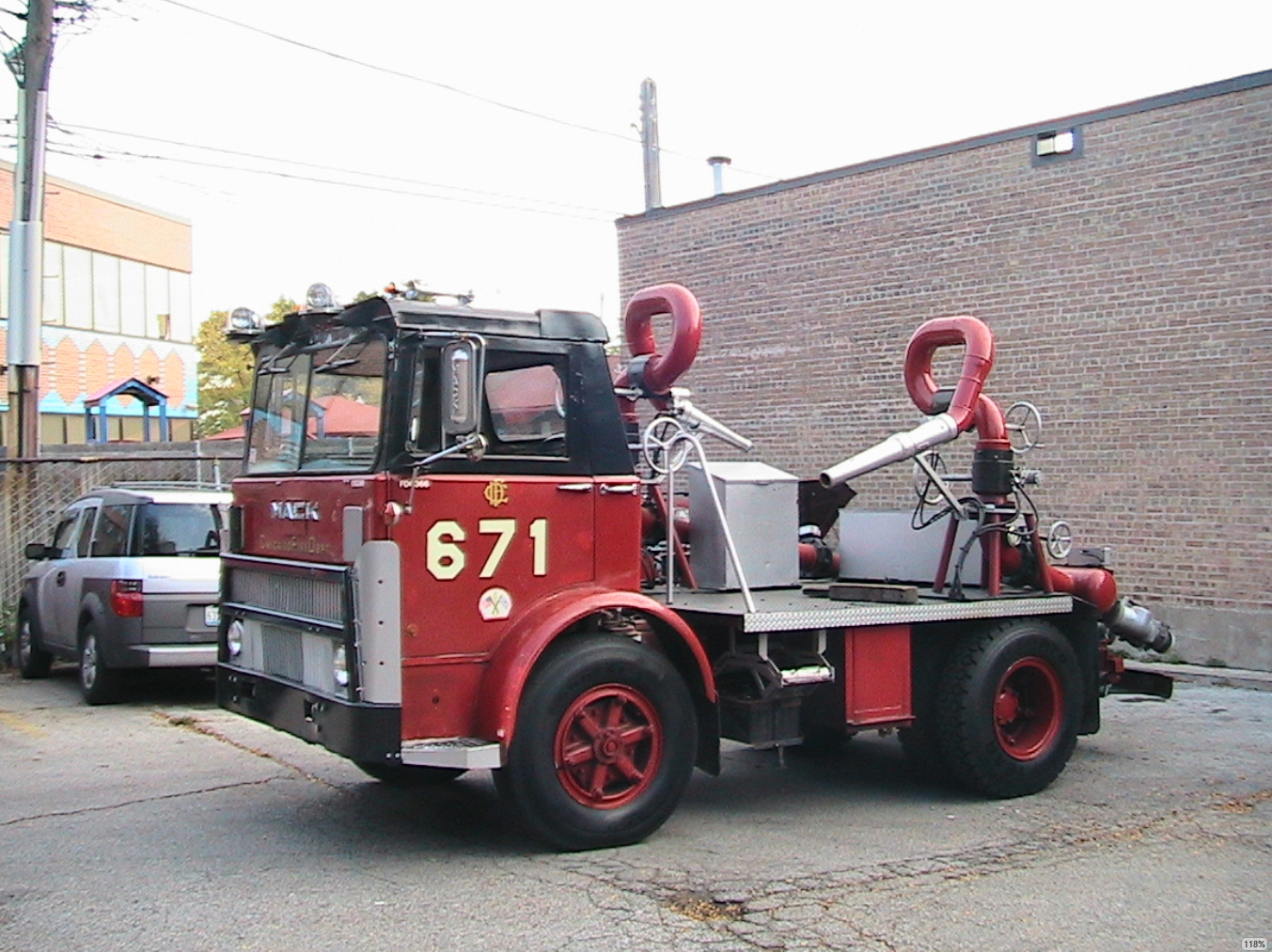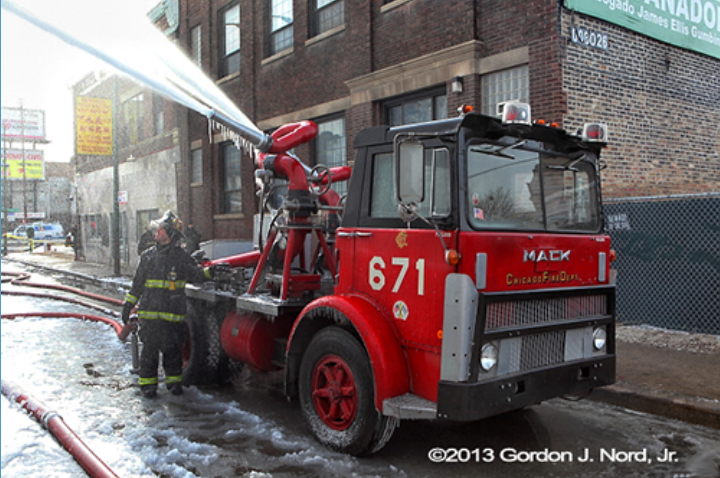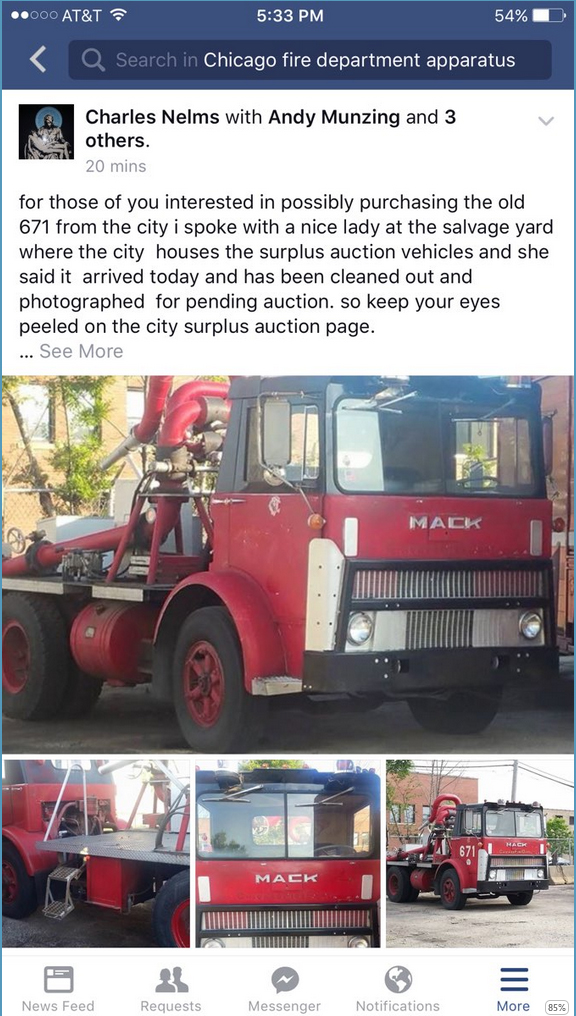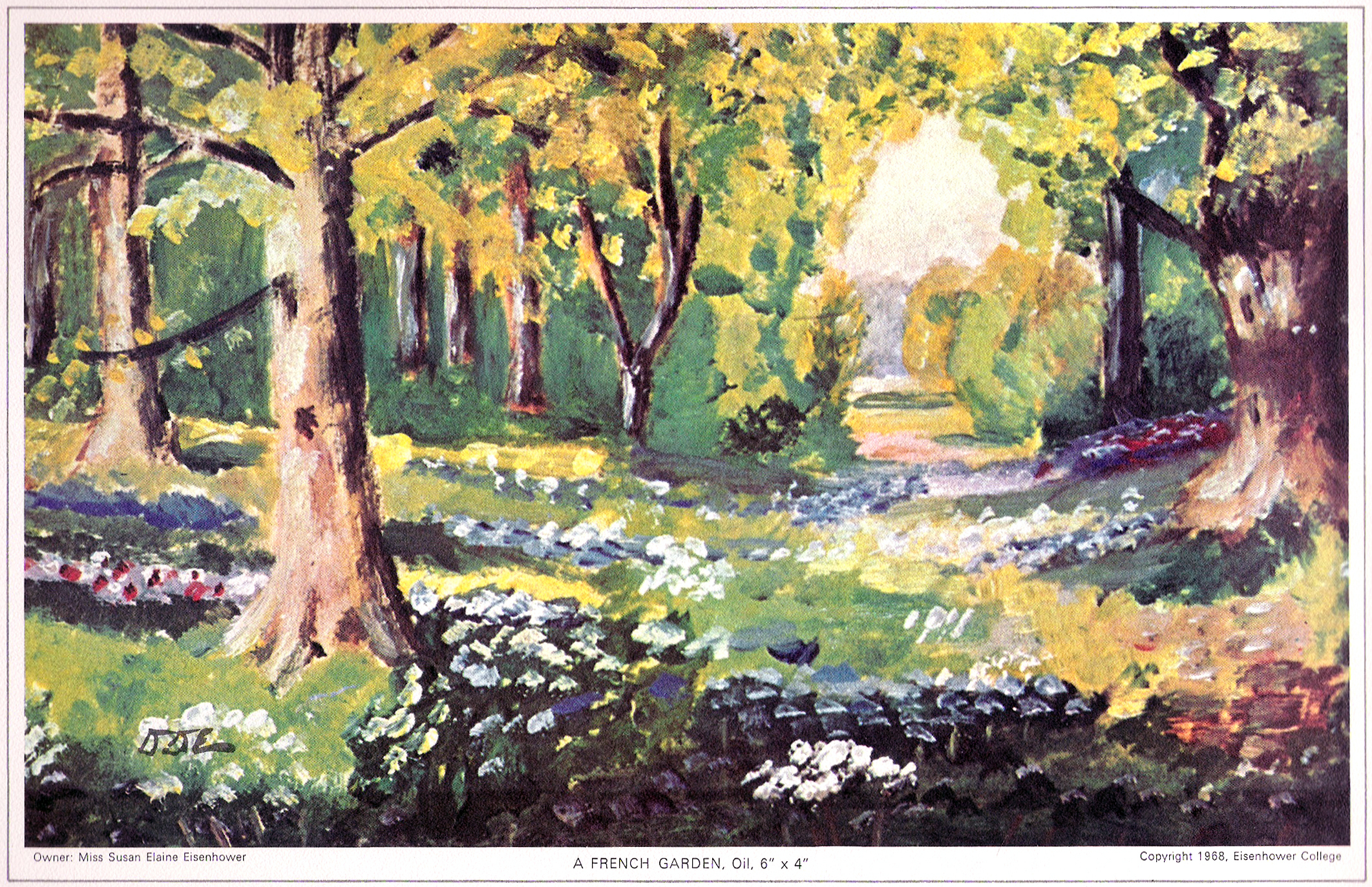


Books I'm reading, with photos and thoughts that I share with friends. And now you too. You get what you pay for.
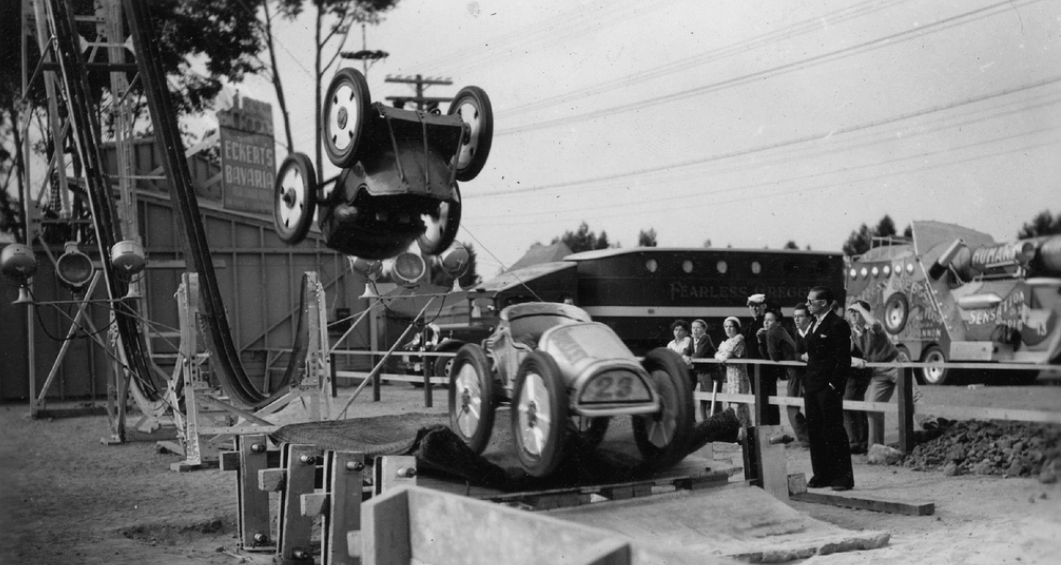
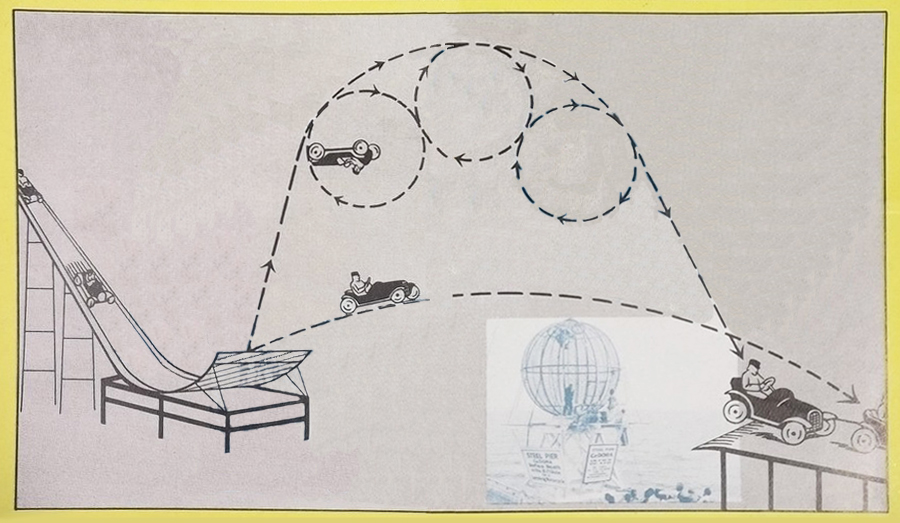
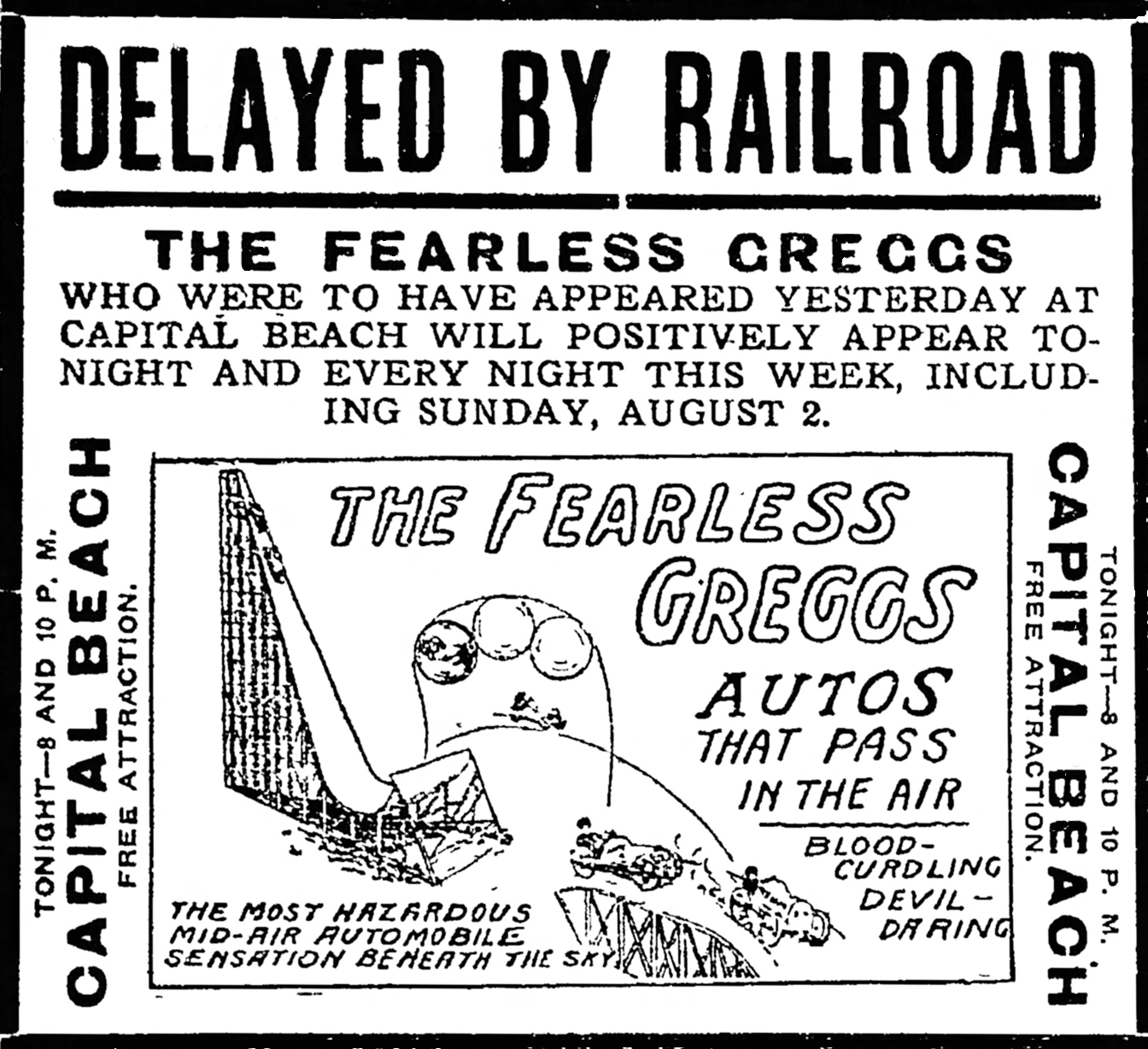
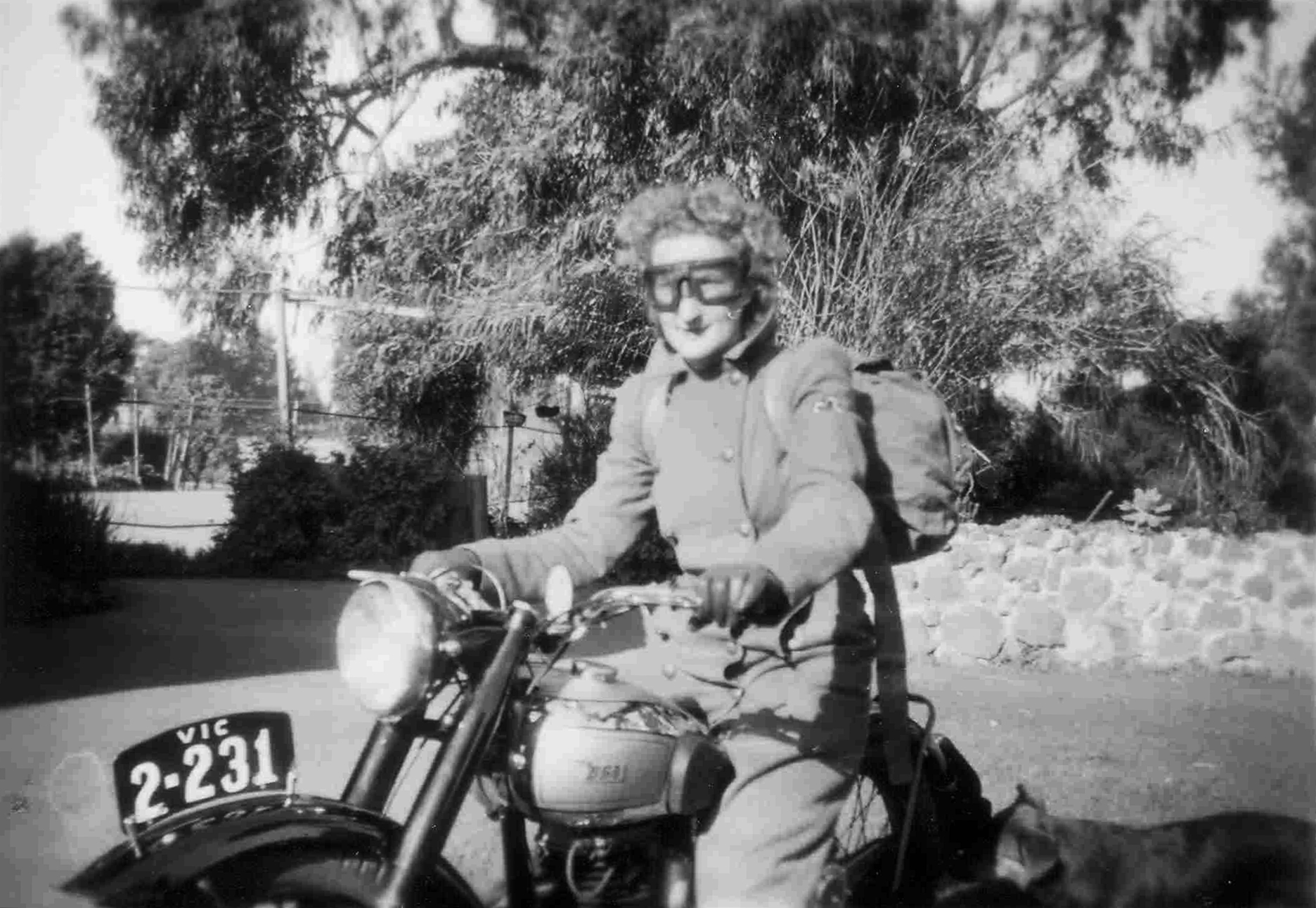
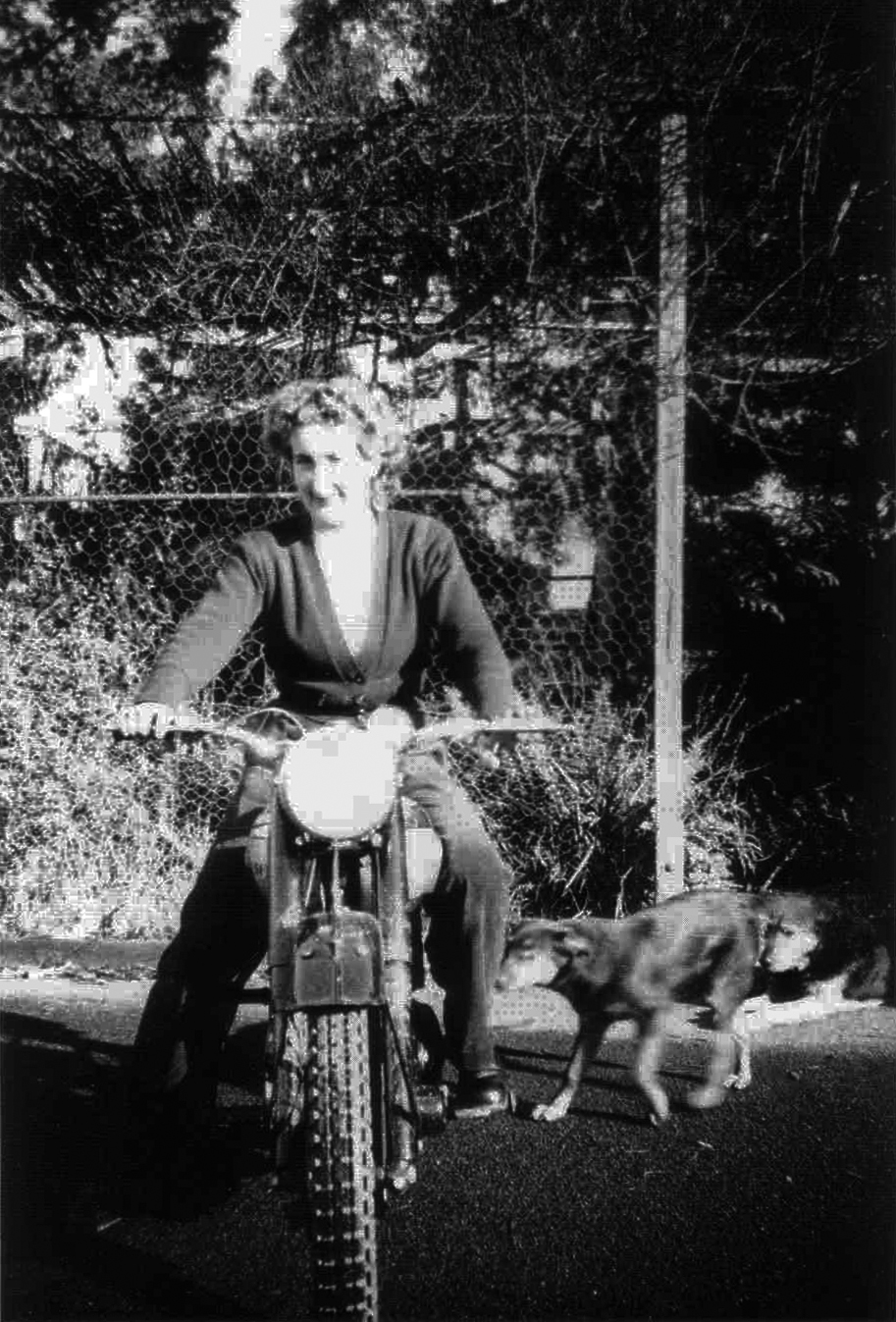
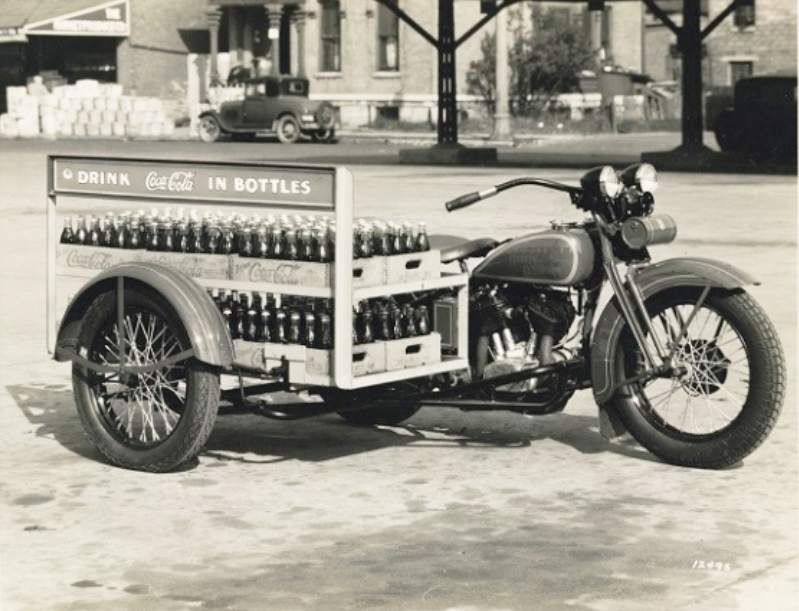
An oft-forgotten vehicle is the noble Package Truck. Think of a motorcycle with a sidecar chassis. But instead of a passenger cockpit, the chassis carried a cargo trunk. Package Trucks hold an honored place in the heritage of Harley-Davidson, having been used by postal carriers, florists, dry cleaners and just about every other type of business with a serious need to pick up or deliver their wares. In the spirit of H-D owners loving to customize their rides, cargo trunks often took on totally unique shapes and sizes. Among the one-of-a-kind custom carriers created in exotic shapes and varieties was a cow-shaped carrier used by a dairy. Others were more utilitarian than artistic. Package Truck buyers included Coca-Cola bottlers, but the extent of their use is undocumented.
Shown in the photo is a Package Truck proudly serving Coke bottles for a Milwaukee, Wisconsin Coca-Cola bottler in 1930. Package Trucks are among the longest tenured vehicles in H-D history, having spanned 1915 – the same year of the Coke bottle’s birth, incidentally – to 1957.
It is not known how much the bumpy roads shook up the bottles of Coke.
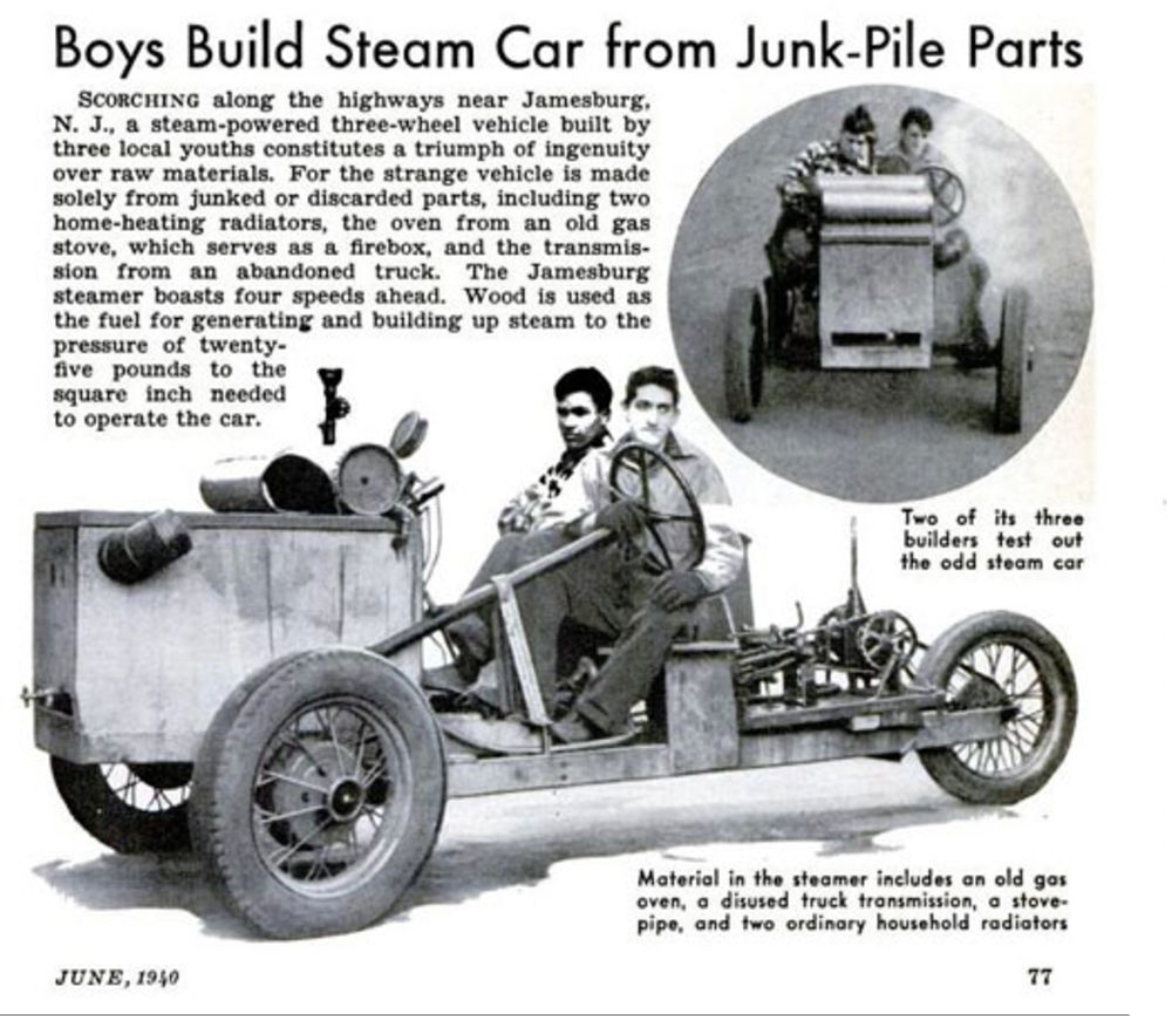
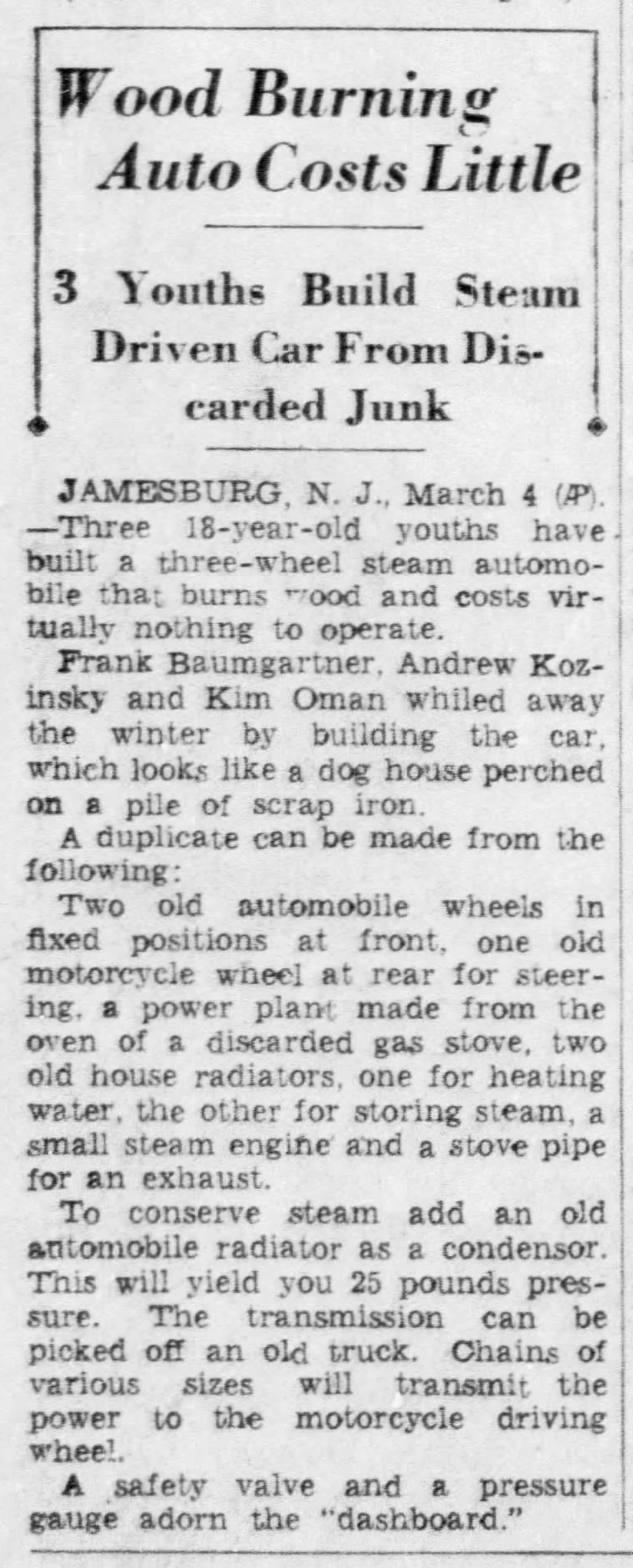
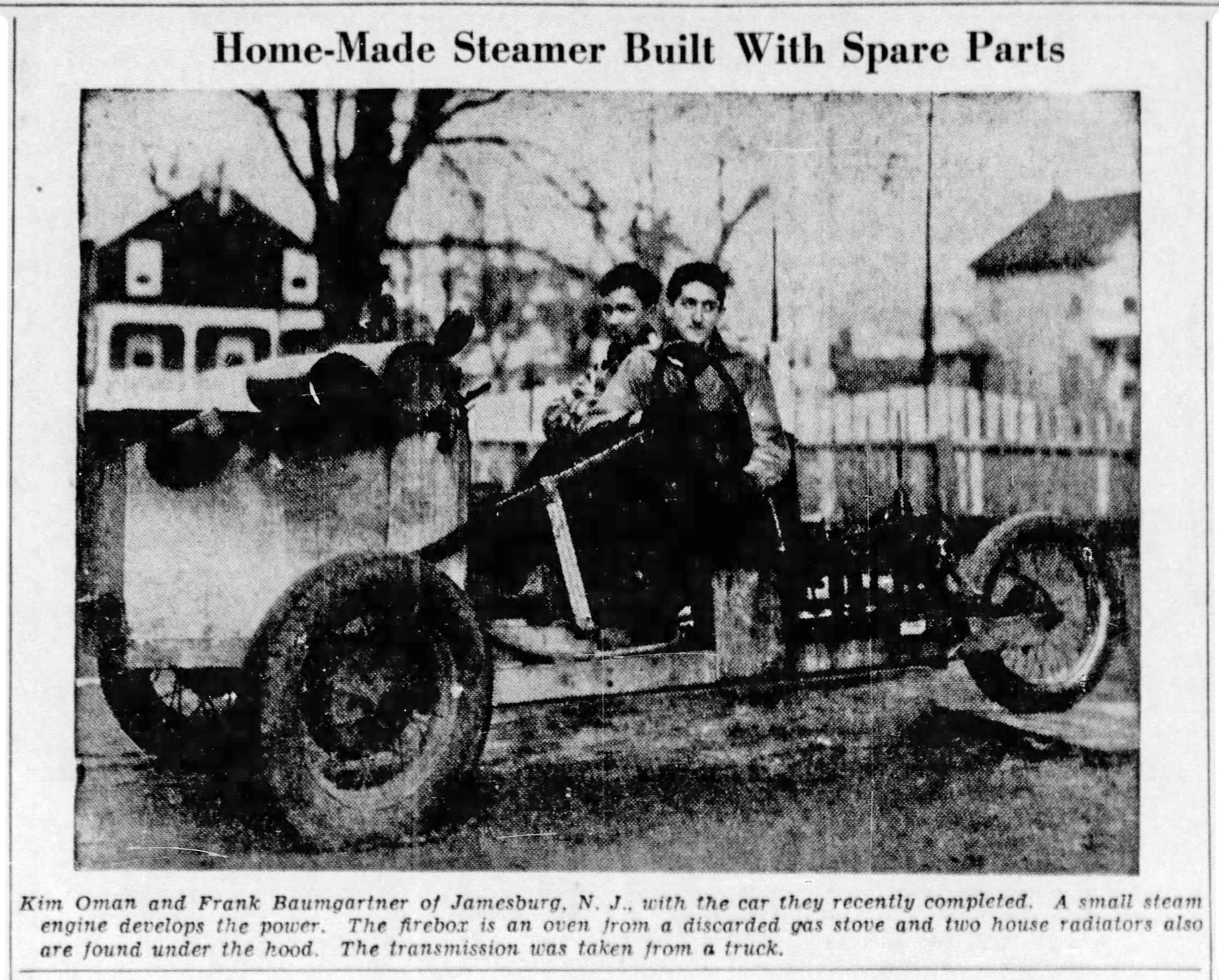
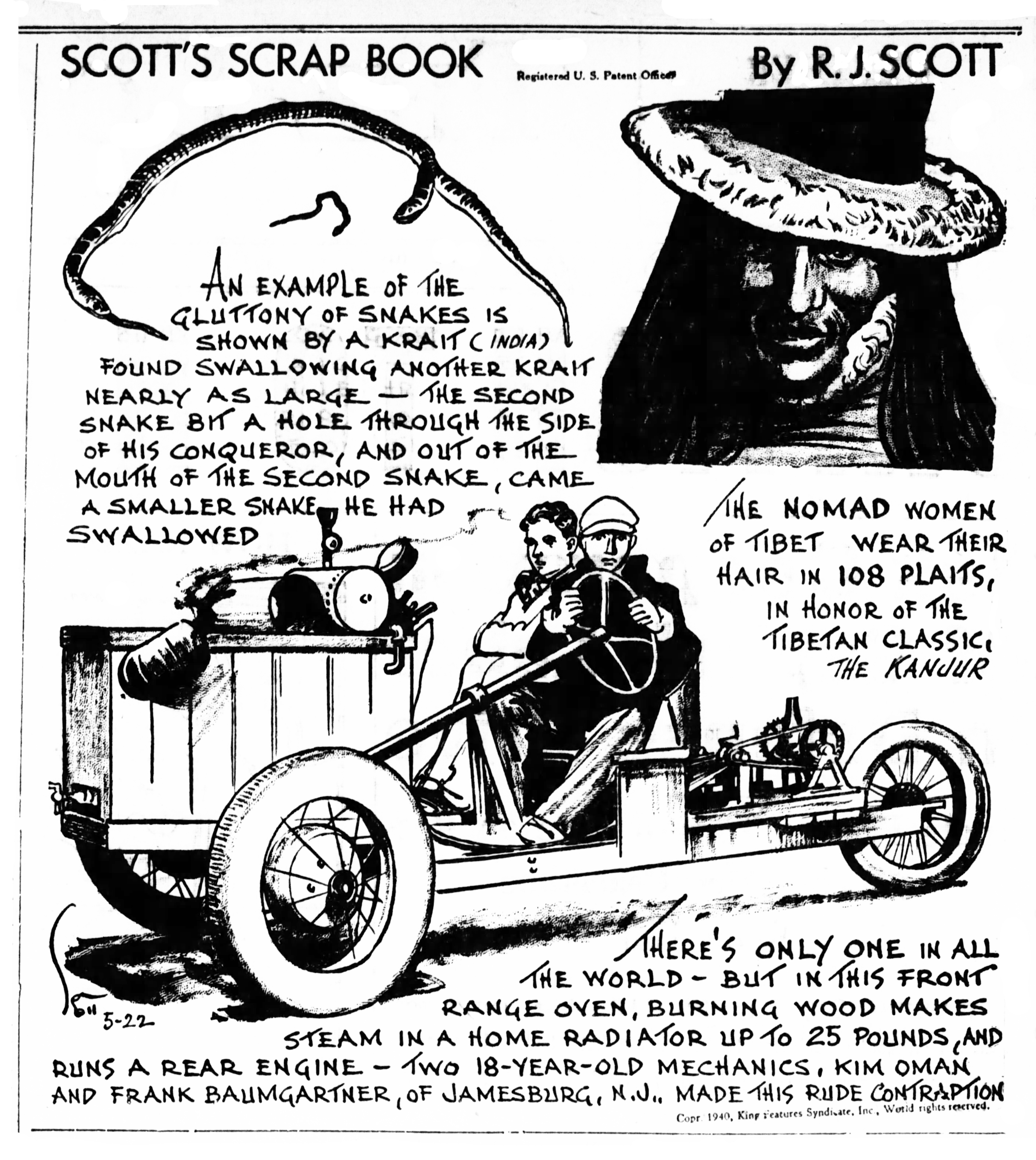
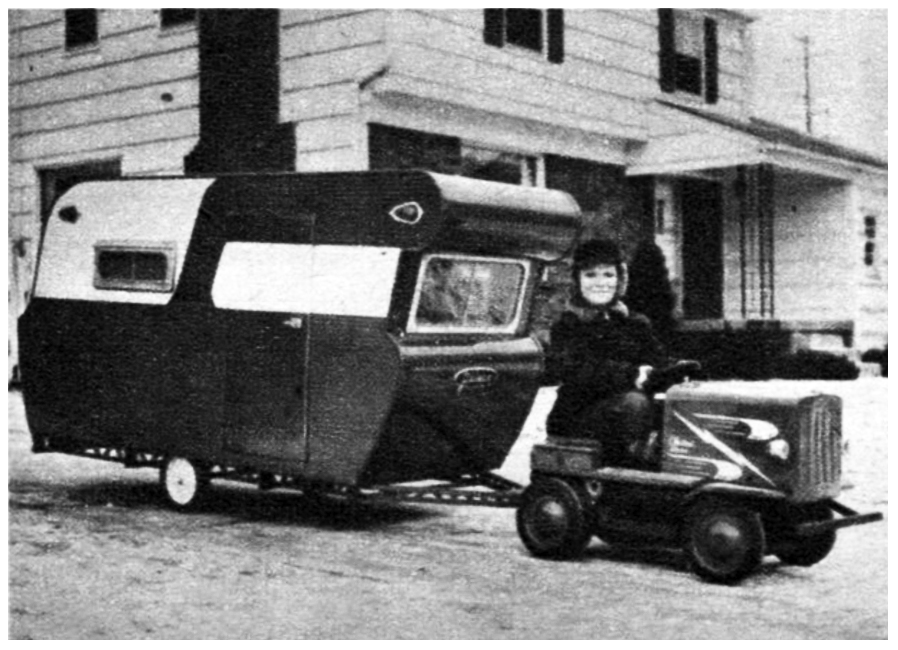
TRAILERETTE built by Charles Rucker of Flint Mich., for his seven year-old son, Billy, is 32 inches wide and 40 inches high. Billy hauls it around with his battery-powered “hot rod.”
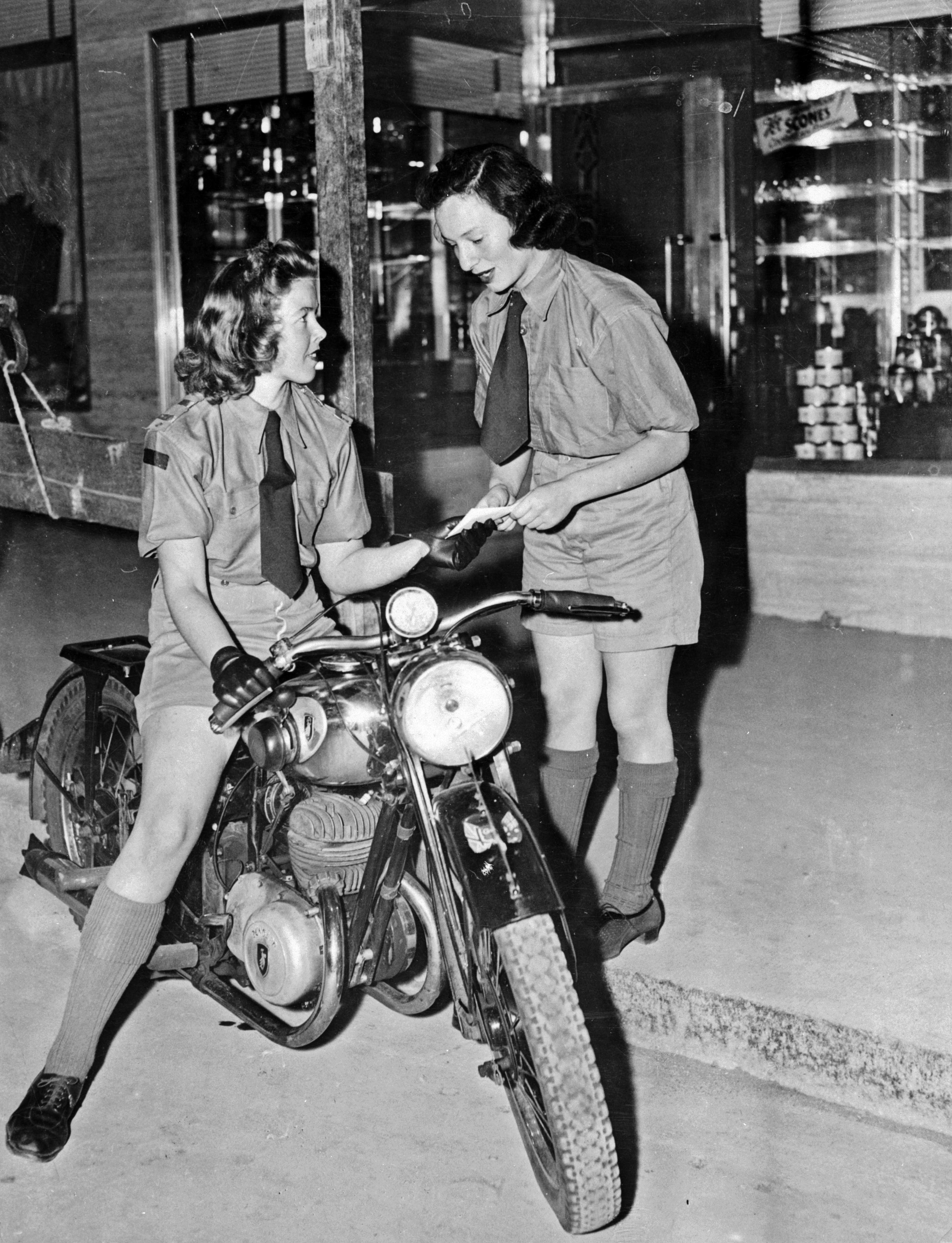
[One] paramilitary all-women organization was the Victorian based Militors. This group was formed in Melbourne in August 1940. The women who volunteered for this unit were generally of a younger age, fit and healthy and able to undertake training and discipline. Similar to the Women’s National Emergency Legion in Brisbane, the Militors were trained in first aid, military drill, rifle shooting, Morse Code communications, transport driving and other military skills. Training was often done under the supervision of male serving or reserve military personnel. By 1941 the Militors numbered about 300 volunteers. But there was little or no encouragement or support from the Government for the organization and by December of that year the Militors disbanded.The disbanding was announced in a small article buried on page six of the Friday, December 5, 1941 issue of The Argus newspaper (Melbourne):
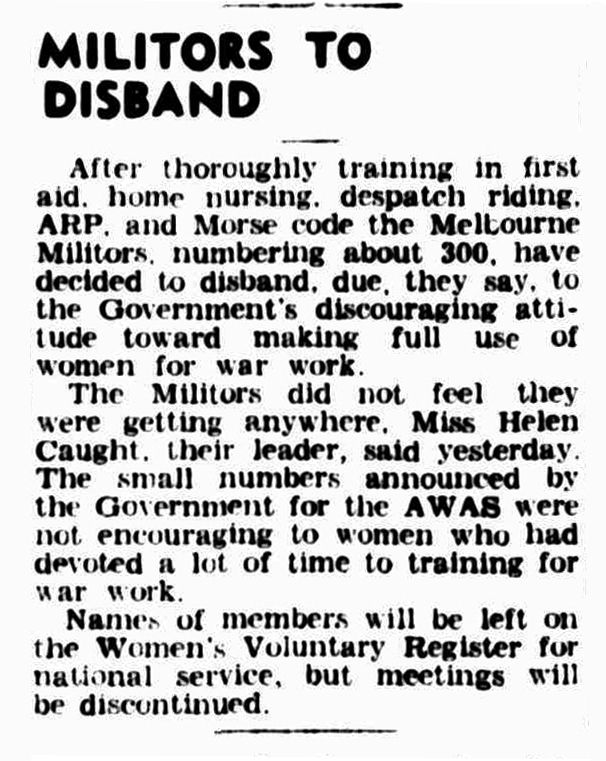
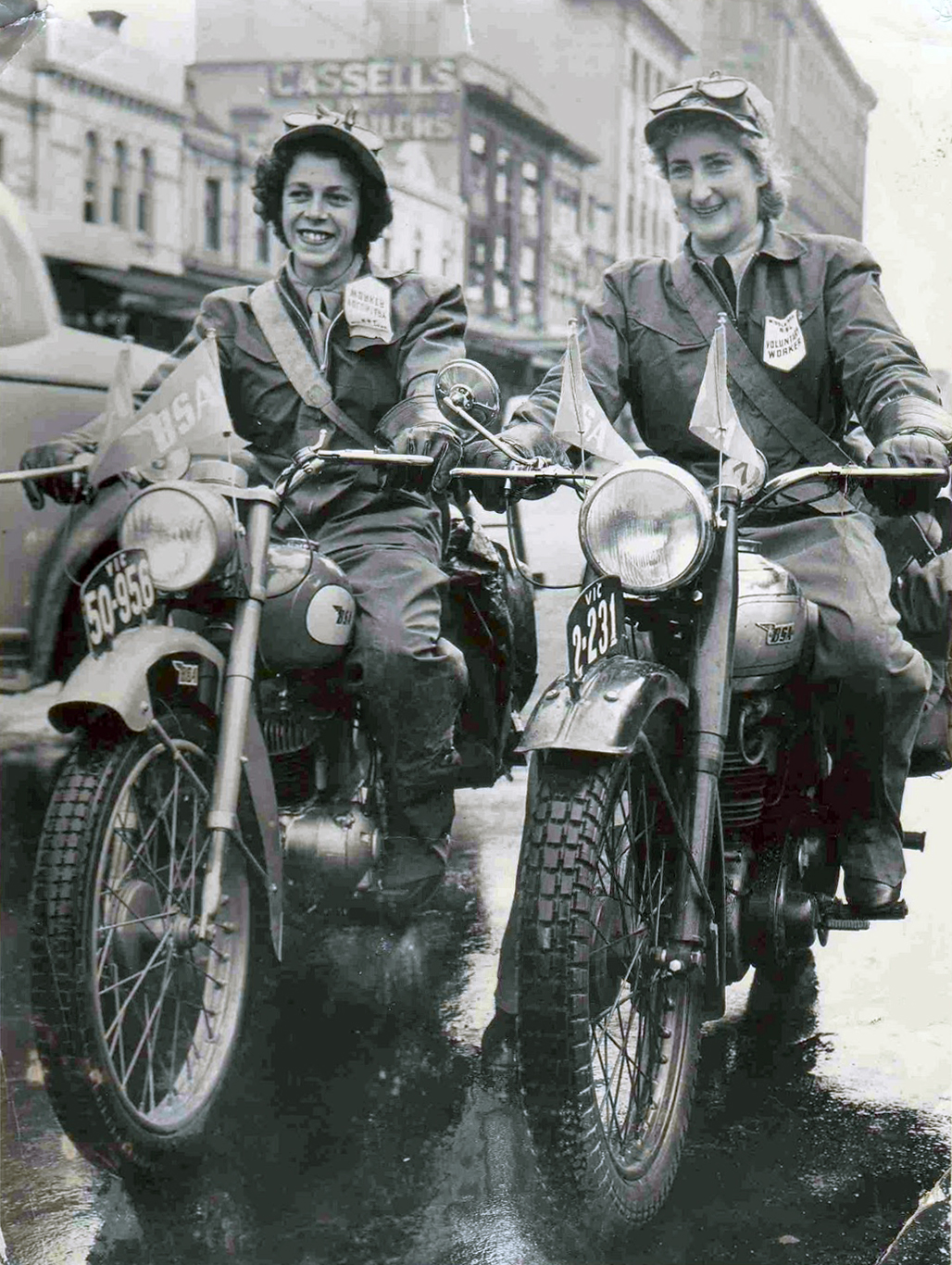
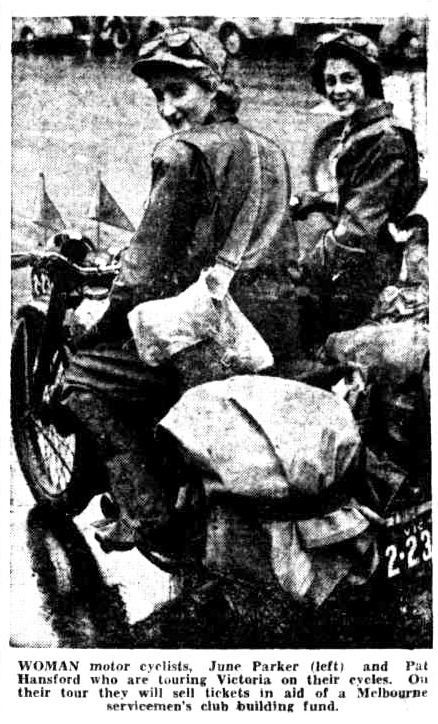
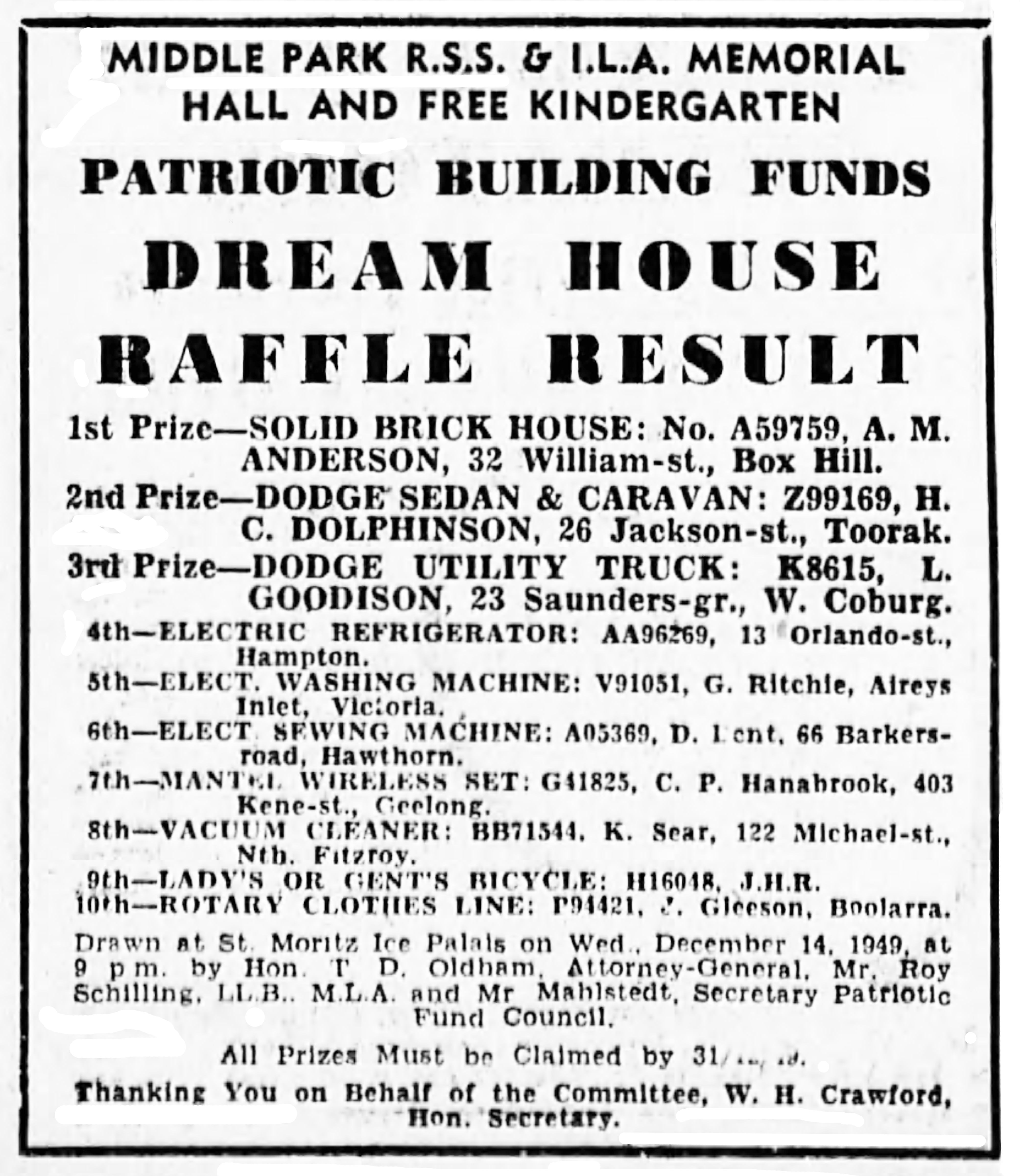
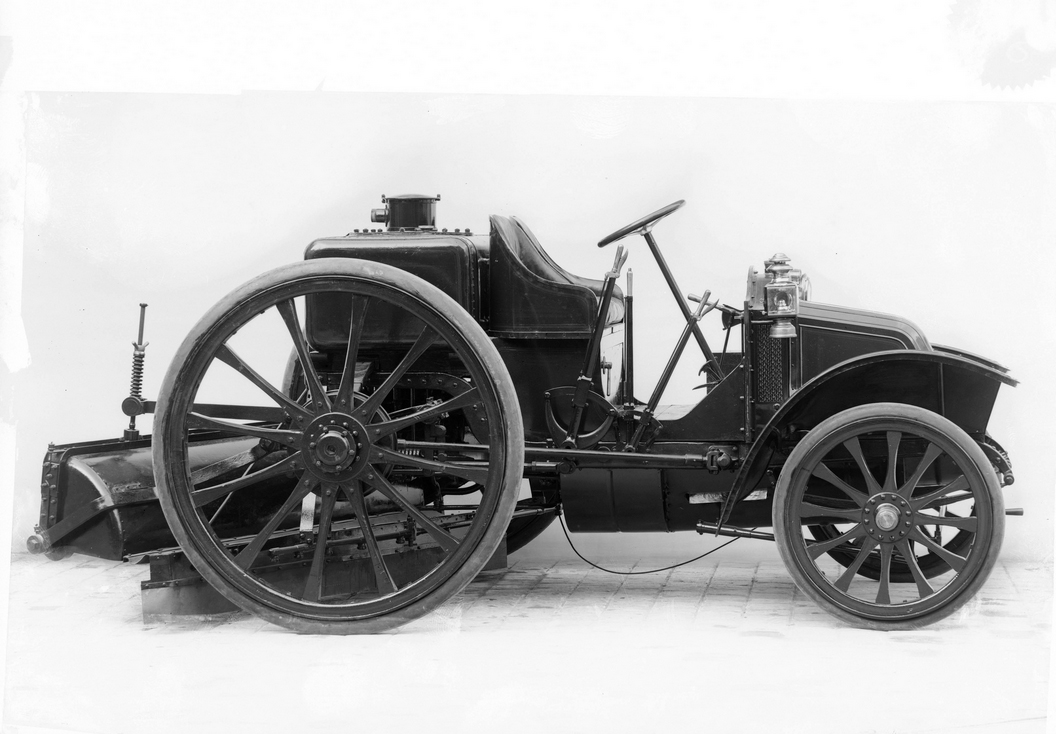
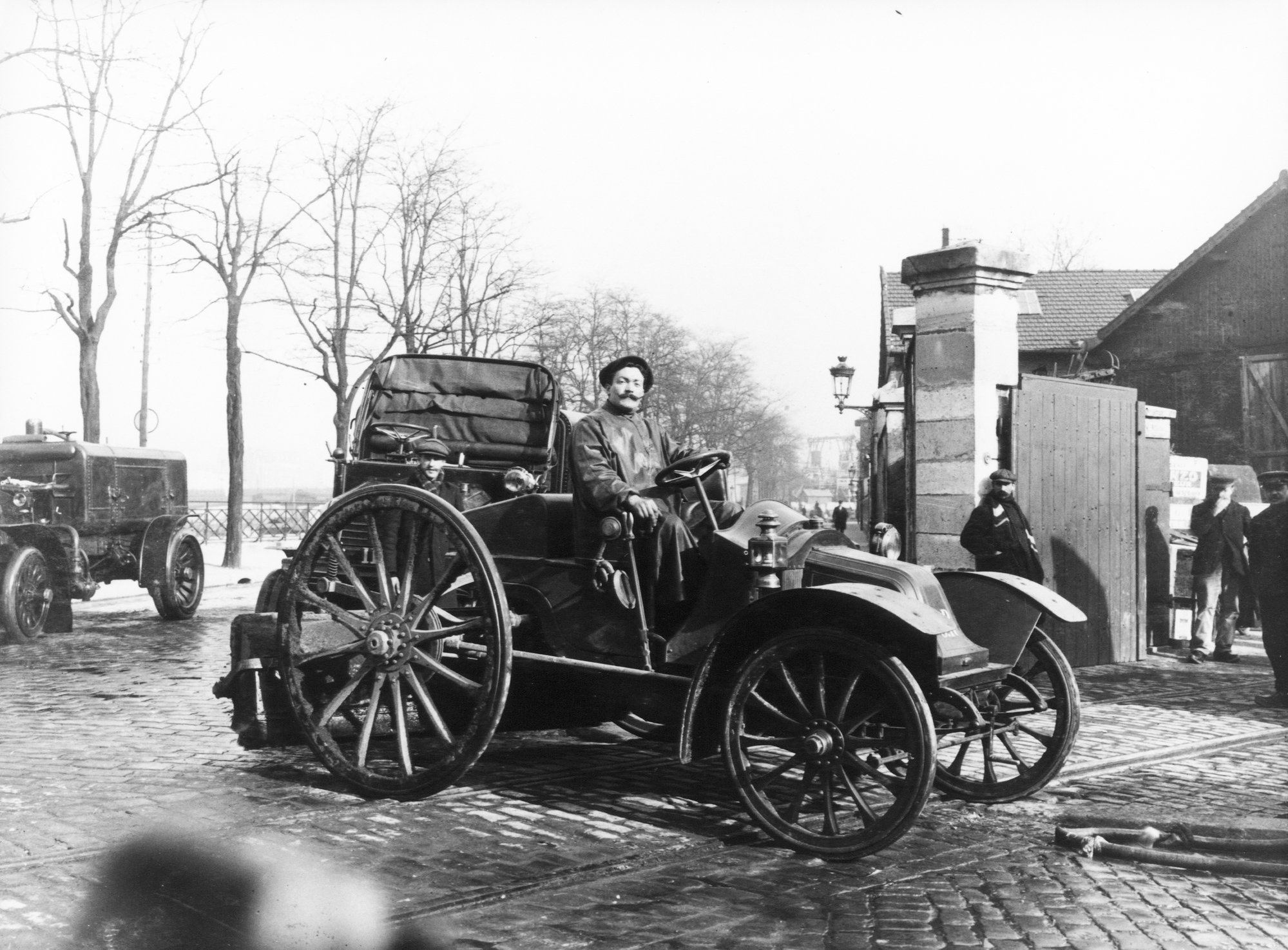
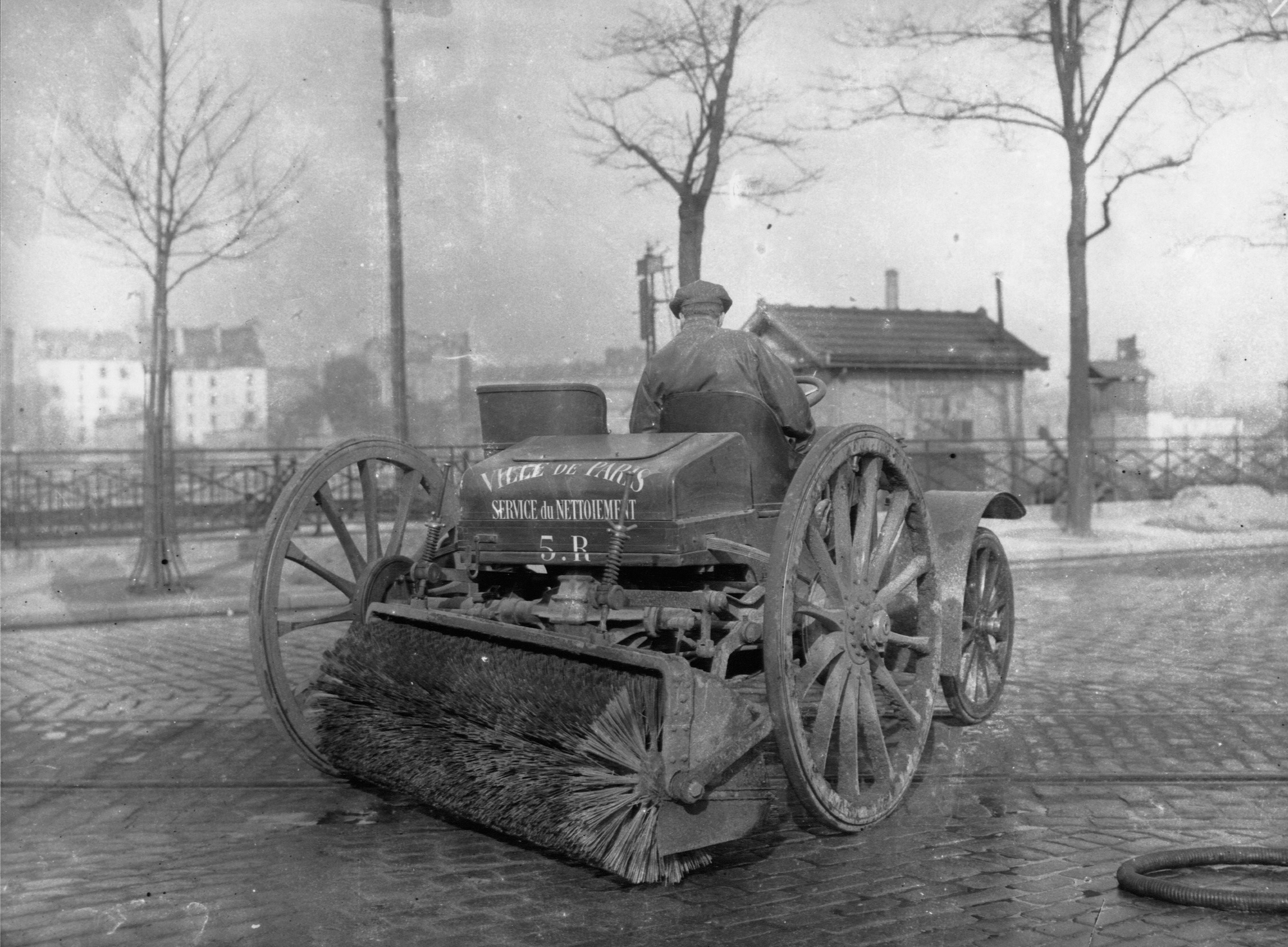
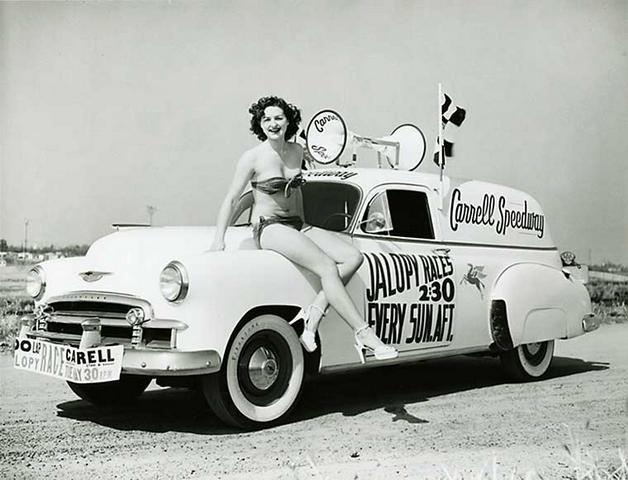

[Although] I did lots of promotional publicity for Ascot in bikinis and tons of TV talk shows, I was never asked to do the Carrell publicity. Aggie's* secretary then was a gal named Peggy Peek who also drove in the "Powder Puffs" and they utilized her often. I had the dubious title of "Miss Ascot 1960" and did lots of photo sessions there for Walt Mahoney.*Joshua C. (Aggie) Agajanian, president of the Western Racing Association, took over duties at Carrell Speedway from Bill White in October 1947, acting as promoter for Emmett Malloy, who was the leasee of the track and operator for the Carrell estate. White returned as promoter in December 1949. Peggy worked for both.
She was Mr. White’s right hand person for years. She worked on track promotions, bookkeeping and all the other track business. She issued Parnelli Jones his first racing number.Peggy's first venture with fame on wheels—albeit not what you would expect—came not long after she and a girlfriend moved to California from Texas. Peggy settled in Long Beach and went to work for Sears when she was 18 years old. Early in the morning of Tuesday, June 1, 1943, Long Beach bus drivers went on strike seeking a raise in pay from an average of about 85 cents an hour to a rate of 90 cents to $1 per hour, in keeping with an industry standard. By Friday the strike was over, with the drivers pledging a 25-day truce to try and settle the dispute with no further interruption in service. The following Sunday the Long Beach Independent publish a photo showing how one determined group of commuters had handled the transportation stoppage. In the photo an even dozen female employees of the Long Beach Sears store are seen roller-skating their way to work. In the forefront is a beaming Margaret (Peggy) Peek.
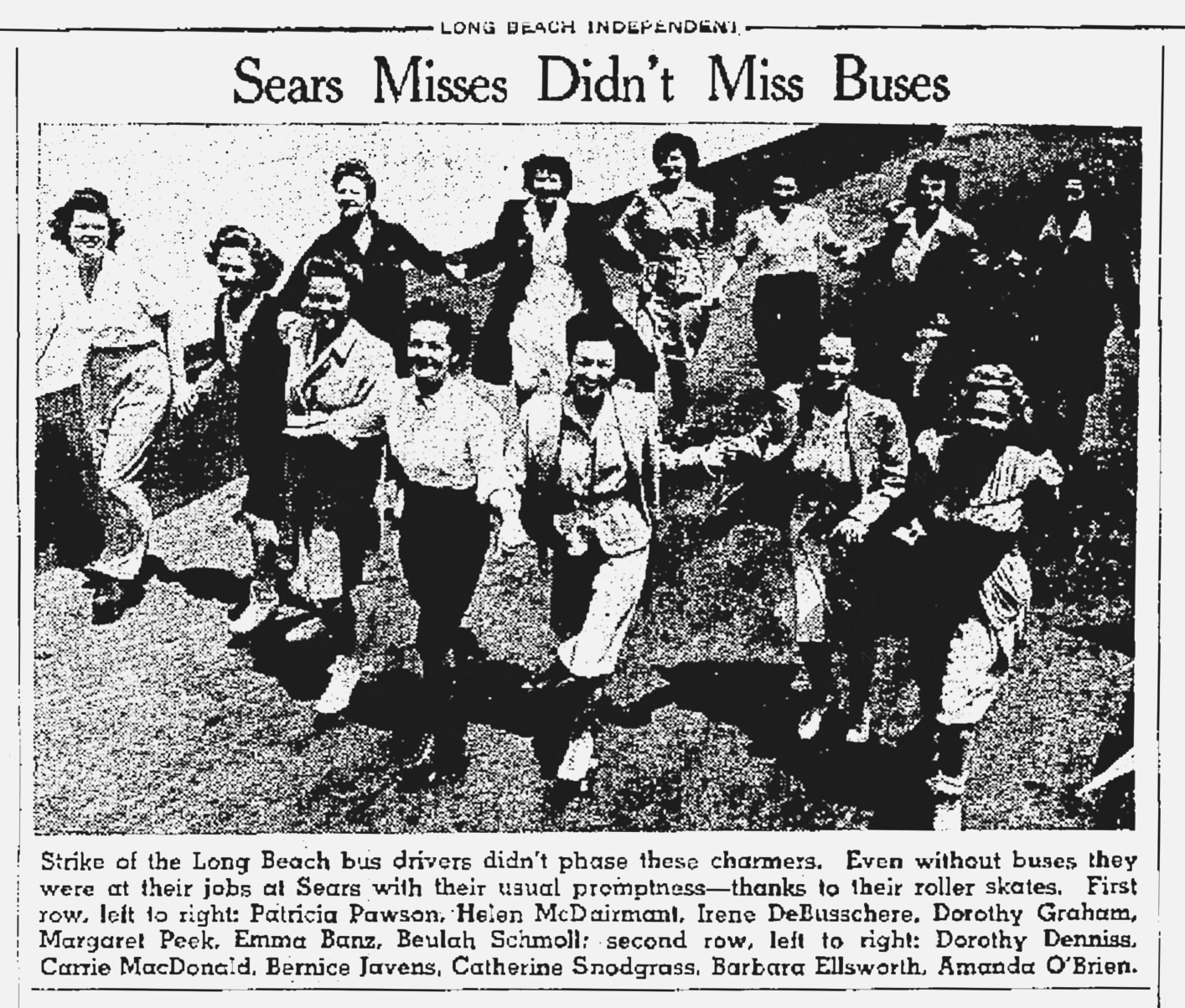
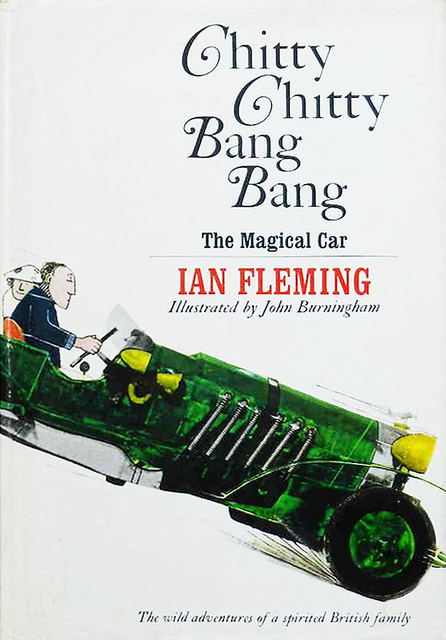
These stories are affectionately dedicated to the memory of the original CHITTY-CHITTY-BANG-BANG, built in 1920 by Count Zborowski on his estate near Canterbury.
She had a pre-1914 war, chain-drive, seventy-five horsepower Mercedes chassis, in which was installed a six-cylinder Maybach aero engine—the military type used by the Germans in their Zeppelins.
Four vertical overhead valves per cylinder were operated by exposed push-rods, and rockers from a camshaft on each side of the crankcase, and two Zenith carburetors were attached, one at each end of a long induction pipe.
She had a gray steel body with an immense polished hood eight feet in length, and weighed over five tons.
In 1921, she won the Hundred M.P.H. Short Handicap at Brooklands at 101 miles per hour, and in 1922, again at Brooklands, the Lightning Short Handicap. But in that year she was involved in an accident* and the Count never raced her again.
I.F.
*This is a polite way of putting it. In fact, CHITTY-CHITTY-BANG-BANG suddenly went mad with rage about something, and with the Count at the wheel, got out of control and charged through the timing-hut, very fast, backwards!
